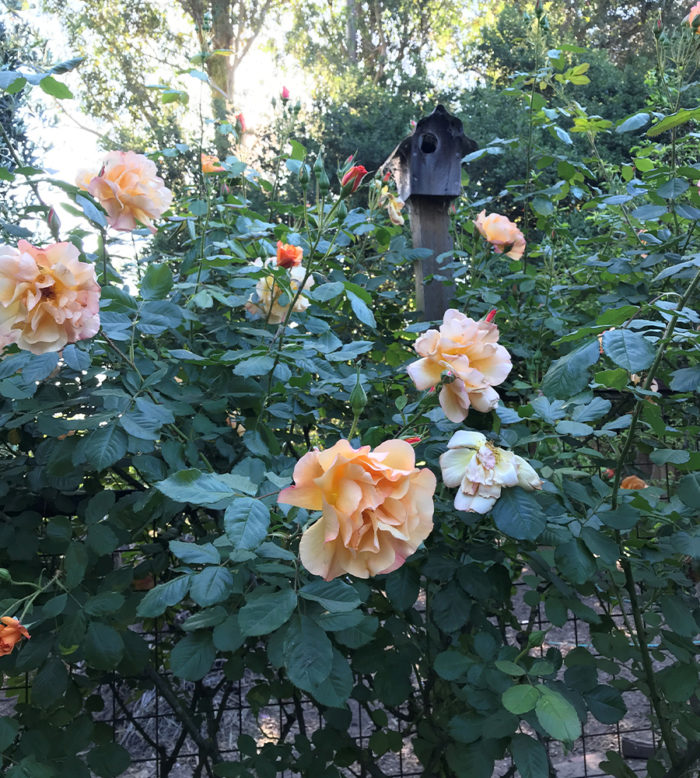
In the ornamental garden
Deadhead, mulch, and fertilize roses. Along with regular deadheading, make sure to pick your roses often—both for filling summer bouquets and to ensure continuous bloom production. Monitor the weather, and make sure the plants are getting sufficient water to keep them healthy and strong. If you haven’t done so already, apply a layer of mulch to conserve water. Now that the plants have produced their first flush of blooms and are in their prime productive period, feed them again with a fertilizer specifically formulated to promote bloom production.
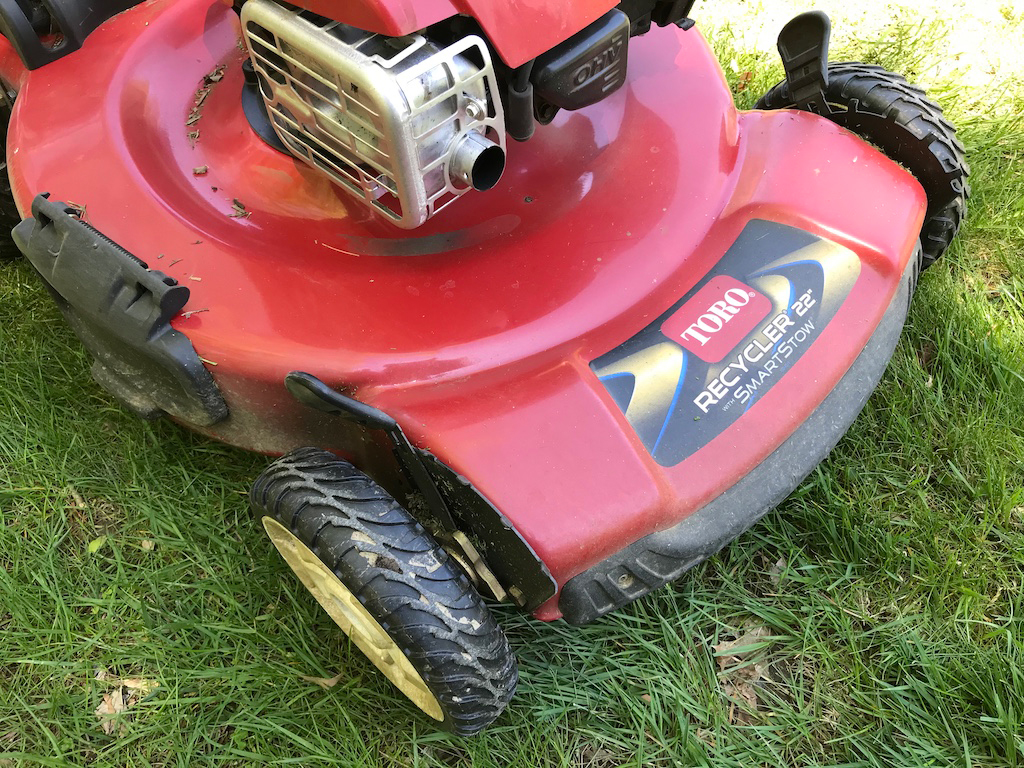
Set your mower blades higher. If you have a lawn, it’s time to set your lawn-mower blades to high. This reduces turf stress and helps conserve water during the summer. Water and mow in the morning to prevent fungal problems such as brown spot.

Continue to pick flowers from your cutting garden. In your cutting garden, check for diseases or insect problems, and treat accordingly. Most importantly, harvest your flowers often! The more you pick, the more your flowers will keep on blooming. If space allows, you can still tuck in a few starts for all your favorite summer bloomers this month to keep your cutting garden fresh and floriferous all the way through September.

In the edible garden
If you haven’t already staked or caged your tomatoes, do it now. We all have our favorite methods of staking or caging, the main aim being to support the growing stems and to keep the developing fruit up and off the ground—away from pests and fungal problems. Feed your tomato plants now with a low-nitrogen fertilizer, and water consistently and regularly, keeping in mind that most tomato varieties prefer less water than you think. Mulch your tomato plants to conserve water now that the weather is warming up.
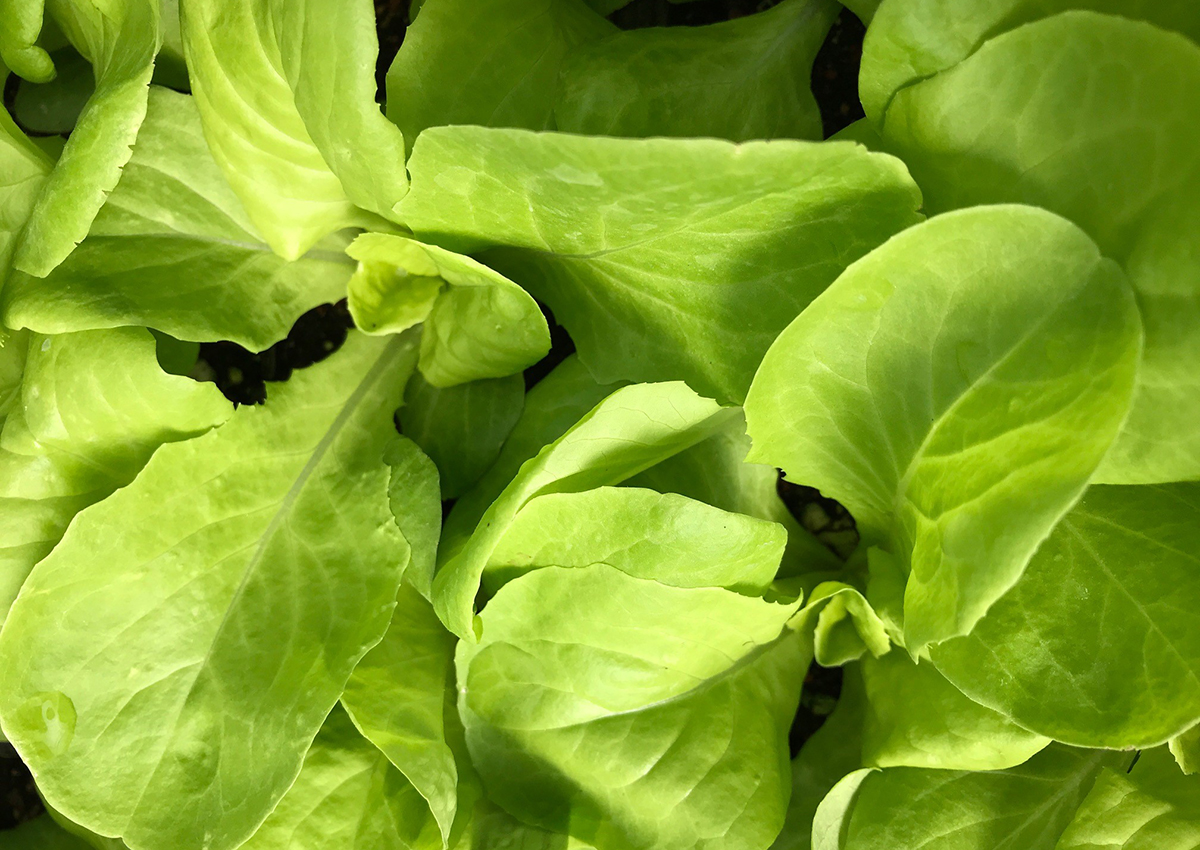
Switch over to planting heat-tolerant lettuce varieties in your vegetable garden. Slower to bolt and more tolerant of warm weather, summer crisp lettuces are sweet and juicy. They are easy to grow and harvestable from baby leaf to full size. Summer lettuces are happiest when planted in full sun and rich soil with regular irrigation. Some great varieties are ‘Muir’, ‘Magenta’, ‘Optima’, ‘Kweik’, and ‘Concept’.
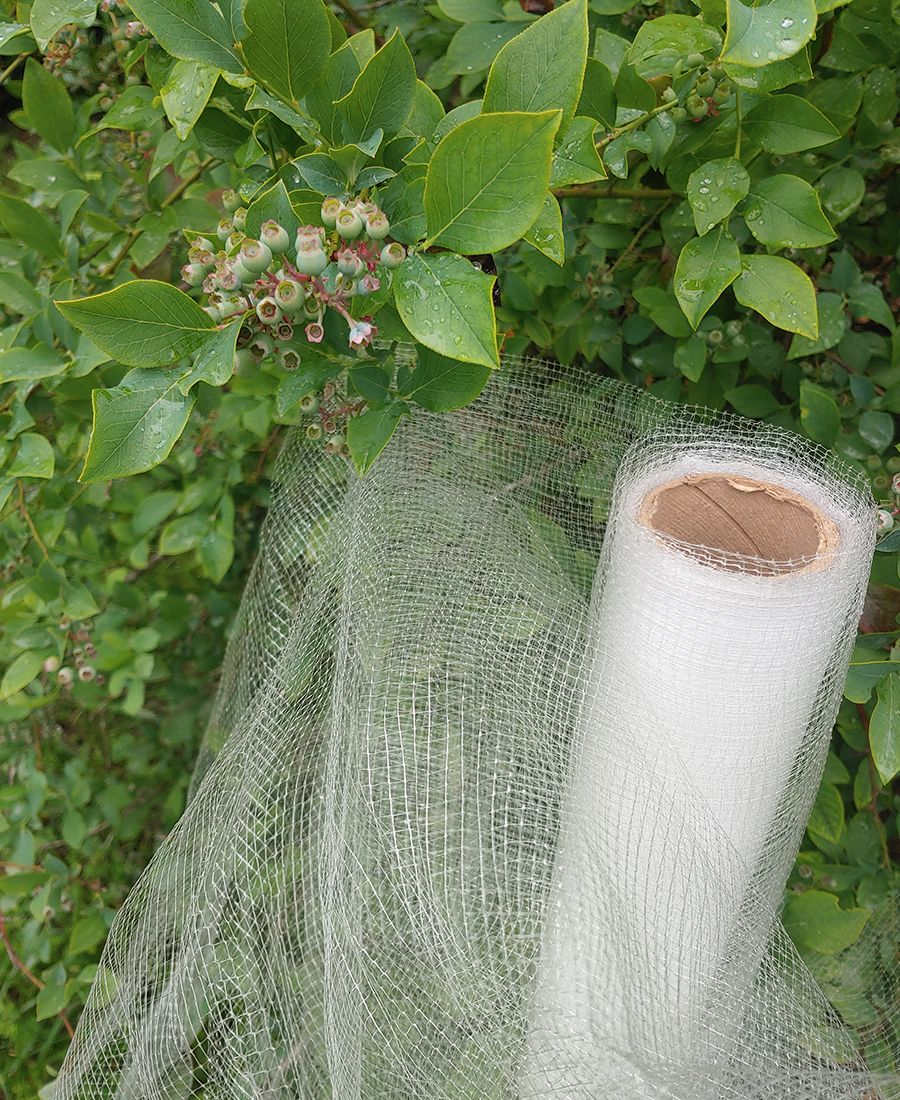
Apply bird netting to fruit crops. It’s time to protect your fruit trees, strawberries, blueberries, and cane berries now that the fruit is getting closer to harvest time. Birds have an uncanny knack for figuring out exactly when the fruit is at its tastiest, and they will get to it before you do unless you’ve protected your fruit-producing plants with bird netting.
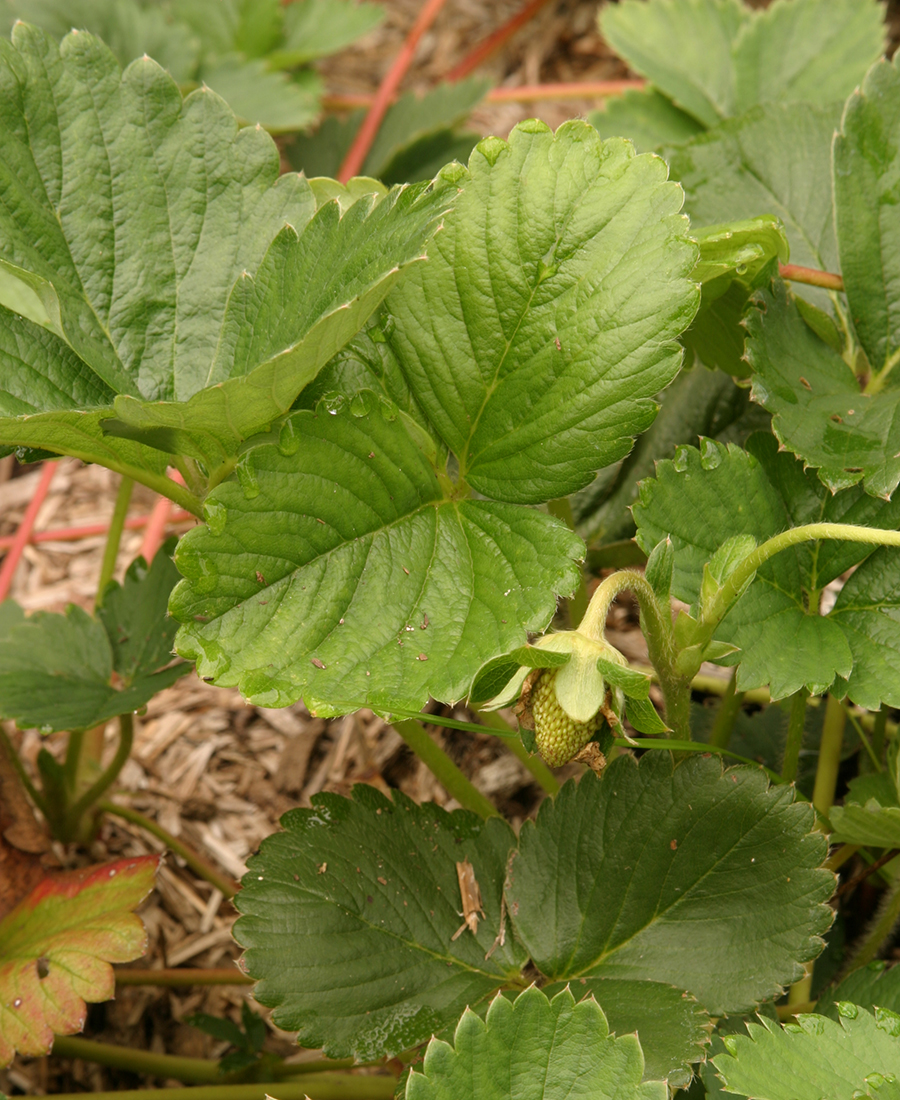
Keep your strawberry beds as weed-free as possible. Monitor for snails, slugs, sowbugs, and earwigs, as these pests can all wreak havoc in the strawberry patch. Apply Sluggo Plus or a similar product if needed. Side-dress your strawberry plants with a well-balanced fertilizer for maximum health and continued berry production.
Your summer veggies are planted, your rose garden is in glorious bloom, and your flower borders and perennial beds are at their summer best. It’s time to relax a little bit—maybe even sit down for a minute to enjoy the results of all your hard work!
—Fionuala Campion is the owner and manager of Cottage Gardens of Petaluma in Petaluma, California.
Fine Gardening Recommended Products

Gardener's Supply Company Summerweight Fabric Plant Cover
Fine Gardening receives a commission for items purchased through links on this site, including Amazon Associates and other affiliate advertising programs.

ARS Telescoping Long Reach Pruner
Fine Gardening receives a commission for items purchased through links on this site, including Amazon Associates and other affiliate advertising programs.

Chapin International 10509 Upside-Down Trigger Sprayer
Fine Gardening receives a commission for items purchased through links on this site, including Amazon Associates and other affiliate advertising programs.



















Comments
Log in or create an account to post a comment.
Sign up Log in